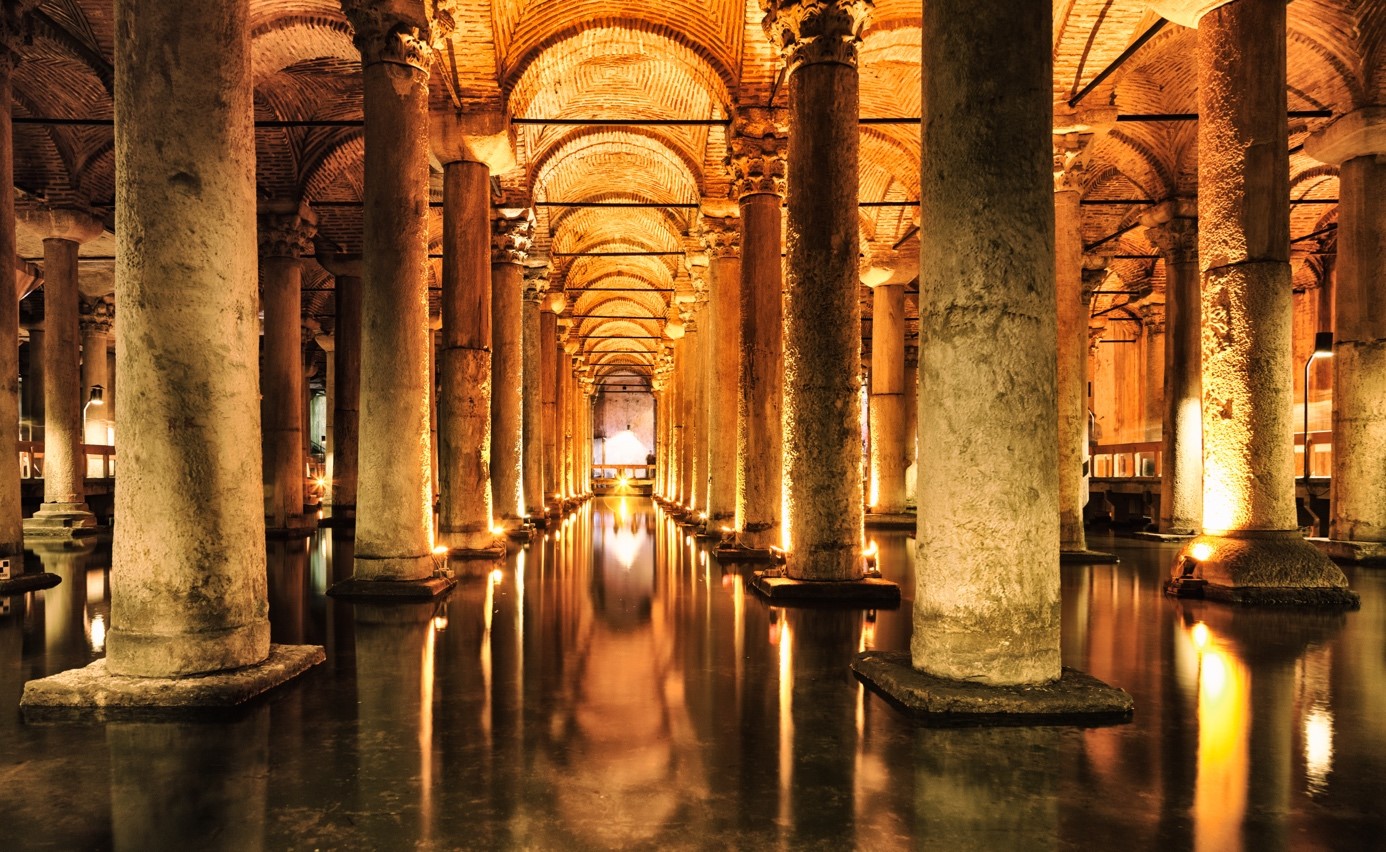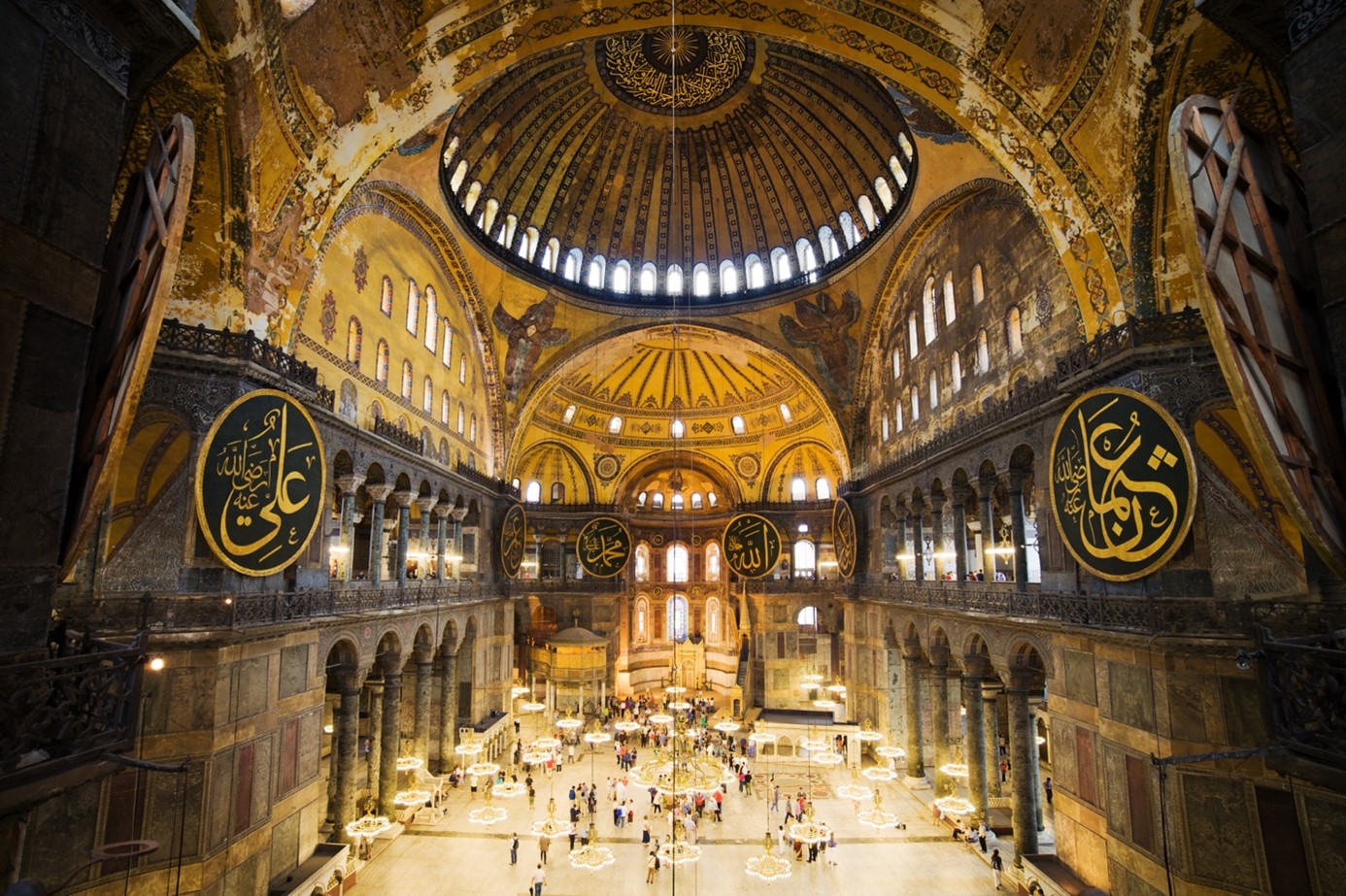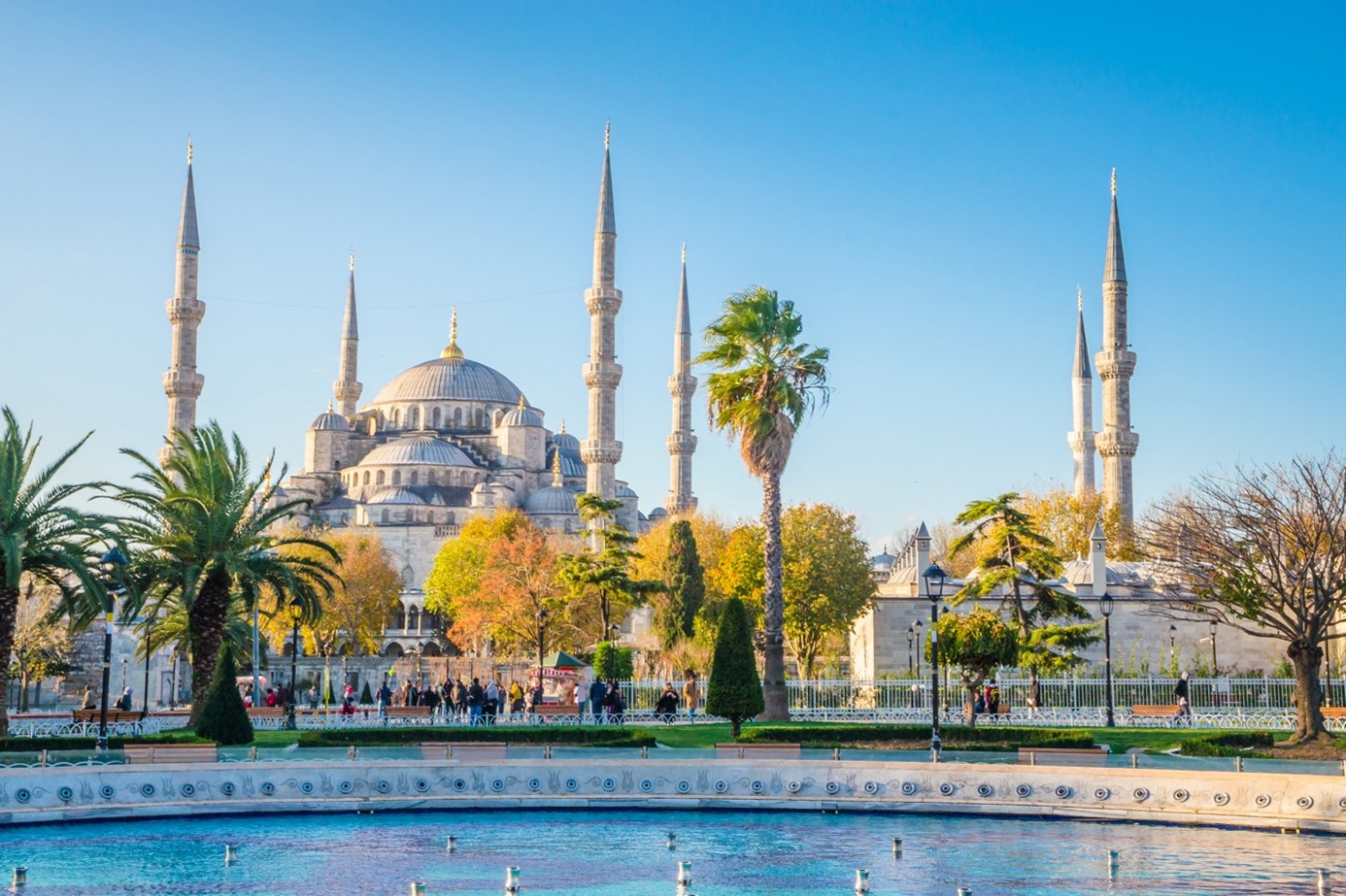The social tour will take place at the following destinations on June 6, 2024, from 09:30 to 17:00.

Social Tour 1: Basilica Cistern
The Basilica Cistern, located in Istanbul, Türkiye, is an ancient underground reservoir that dates back to the 6th century. Built during the reign of Eastern Roman Emperor Justinian I (527-565), it was designed to store water for the Byzantine capital of Constantinople, now Istanbul. With its vast chamber supported by hundreds of marble columns, the cistern is an architectural marvel. Among its columns are two famously adorned with Medusa heads, likely salvaged from earlier structures. Over the centuries, the Basilica Cistern has been subject to neglect and rediscovery. Today, it stands as a popular tourist attraction, offering visitors a glimpse into Istanbul’s rich history and engineering ingenuity. Renovated and preserved, it serves as a reminder of the city’s Byzantine past and continues to captivate visitors with its mysterious atmosphere.
Social Tour 2: Hagia Sophia
Hagia Sophia, located in Istanbul, was built in 537 CE by Byzantine Emperor Justinian I. Designed by Anthemius of Tralles and Isidore of Miletus, it served as the world’s largest cathedral and an architectural marvel with its massive dome. For nearly a thousand years, it was the heart of Orthodox Christianity. In 1453, after the Ottoman conquest of Constantinople, Sultan Mehmed II converted Hagia Sophia into a mosque. Minarets were added, and Christian mosaics were plastered over or removed, while Islamic calligraphy and features were introduced. In 1935, under the secular Turkish Republic led by Mustafa Kemal Atatürk, Hagia Sophia was transformed into a museum, showcasing both its Christian and Islamic heritage. In 2020, it was reconverted into a mosque, though it remains open to visitors of all faiths.
Social Tour 3: Blue Mosque
The Blue Mosque, also known as the Sultan Ahmed Mosque, is an iconic landmark in Istanbul, Türkiye. Built between 1609 and 1616 during the reign of Sultan Ahmed I, it was designed by architect Sedefkâr Mehmed Ağa. The mosque is famous for its stunning blue İznik tiles adorning its interior walls, which give it its popular name. The Blue Mosque combines Ottoman and Byzantine architectural elements, featuring a large central dome, six minarets, and a spacious courtyard. It was constructed to rival the grandeur of the nearby Hagia Sophia and to symbolize Ottoman power and piety. Today, the Blue Mosque remains an active place of worship, attracting both worshippers and tourists. Its impressive architecture and rich history continue to make it one of Istanbul’s most visited and admired sites.
Social Tour 4: Sultanahmet Square
Sultanahmet Square, located in the heart of Istanbul, Türkiye, is a historic and vibrant public space that showcases the city’s rich cultural heritage. Also known as the Hippodrome of Constantinople, it was originally constructed by Roman Emperor Septimius Severus in the 3rd century AD and later expanded by Emperor Constantine the Great. The square served as the social and sporting center of Constantinople, hosting chariot races, public ceremonies, and political events. Notable monuments within Sultanahmet Square include the Obelisk of Theodosius, brought from Egypt; the Serpent Column, originally from the Temple of Apollo at Delphi; and the Walled Obelisk. Today, Sultanahmet Square is surrounded by significant landmarks such as the Blue Mosque, Hagia Sophia, and the Basilica Cistern. It remains a bustling area where tourists and locals alike gather to explore Istanbul’s historic and architectural wonders.
Social Tour 5: Gulhane Park
Gülhane Park, located in Istanbul, Türkiye, is one of the city’s oldest and most beautiful parks. Originally part of the grounds of Topkapi Palace, it served as the imperial garden for the Ottoman sultans. The park’s name, “Gülhane,” translates to “House of Roses,” reflecting its historic floral abundance. Opened to the public in 1912, Gülhane Park offers a peaceful retreat with its wide pathways, ancient trees, and meticulously maintained gardens. Noteworthy features include the Column of the Goths, dating back to Roman times, and several picturesque fountains. Adjacent to the park is the Istanbul Museum of the History of Science and Technology in Islam, adding educational value to the visit. Gülhane Park remains a cherished green space in Istanbul, providing residents and tourists a serene environment to relax and enjoy nature amidst the city’s historic backdrop.









